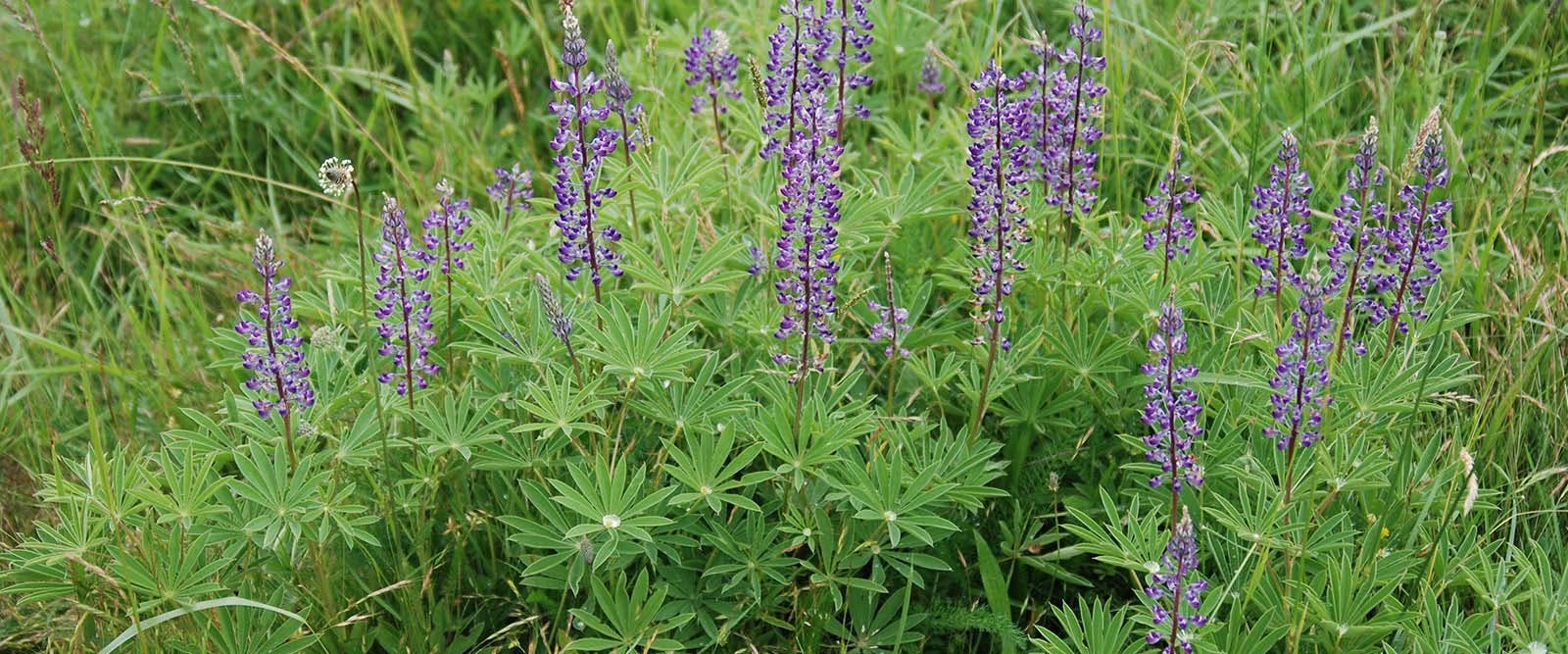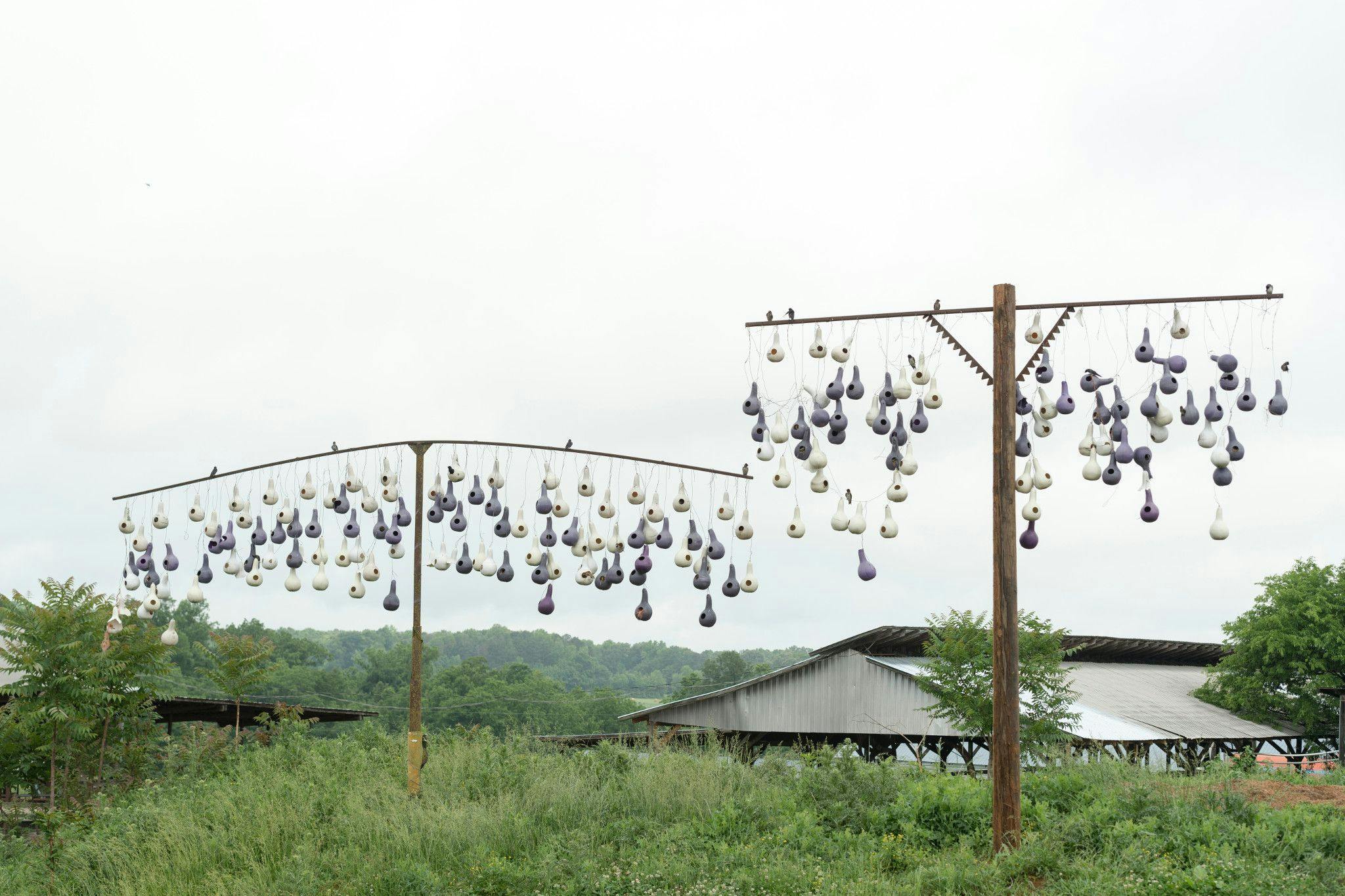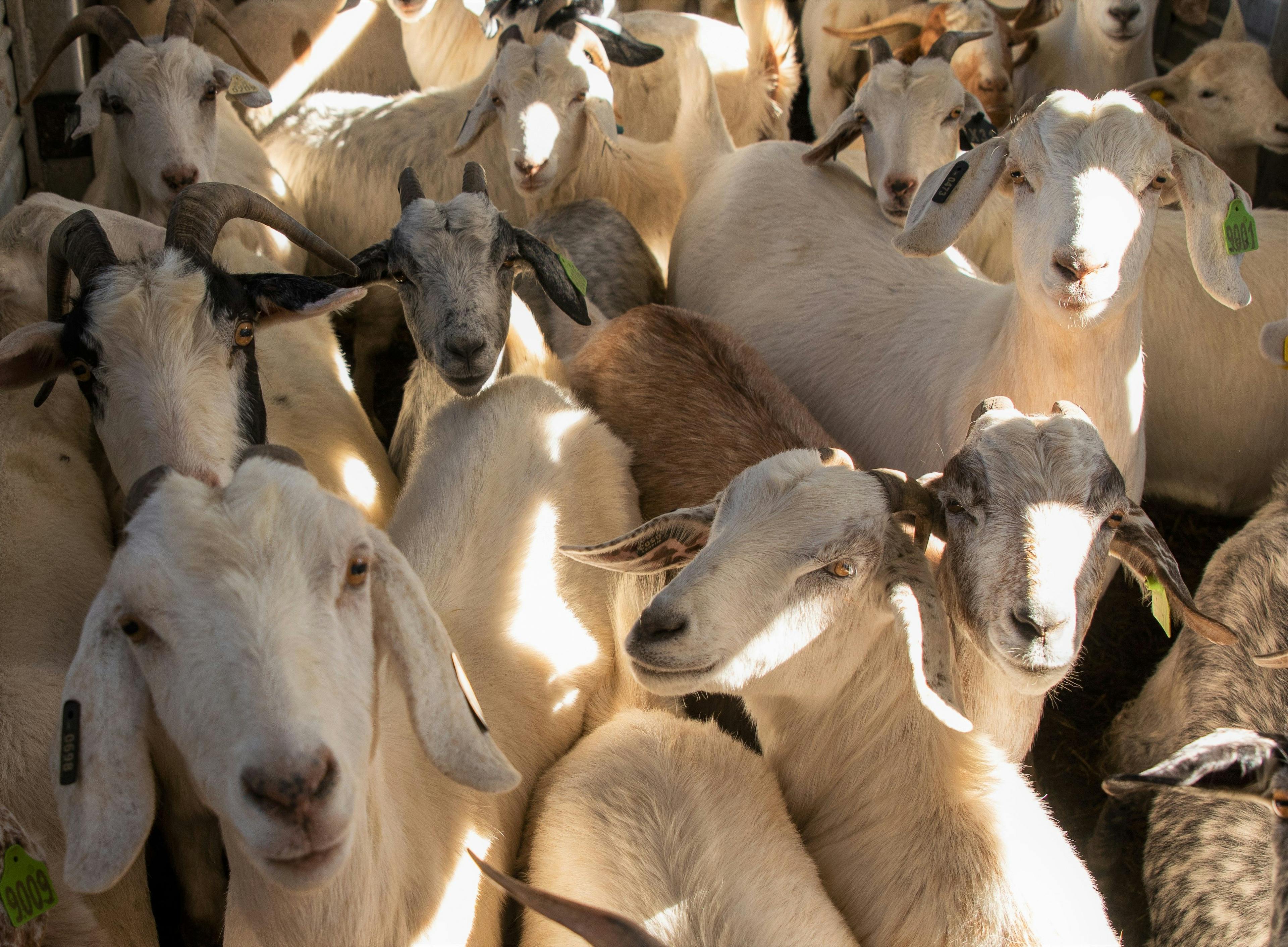
Earth
Organic Farmer Called Out for Having a Really Wild Side
Organic Valley dairy farmer Jon Bansen has a wild side. He once flew on a propeller airplane directly into the dome of Mount St. Helens following its 1980 eruption. And he ran outside at midnight in his underwear to single-handedly stop his herd of 150 Jersey cows that were running loose around his house.
“It sounded like a herd of wild buffaloes,” he said.
Bansen also came face to face with a cougar as he was crossing a bridge on his farm. “I backed up slowly, keeping the cougar in my sight until I had enough distance to run fast.” The Oregon Department of Fish and Wildlife reports Oregon is home to about 6,000 cougars but sightings are uncommon.
As a fourth-generation dairy farmer, Bansen grew up on a small farm in California and then moved with his family to the tiny hamlet of Yamhill, Oregon, at the age of 10. He married Juli in 1985 and worked on his father’s dairy farm until 1991, when they purchased Double J Jerseys in nearby Monmouth, in Oregon’s lush Willamette Valley.
Early in his career, Bansen realized the importance of coexisting with nature rather than pushing the land for more profit. His farming methods have always emphasized the principles of regenerative agriculture to enhance soil health and preserve natural ecosystems.
Bansen spends his days stewarding the “wilder” side of his farm — about 43 acres set aside to provide natural habitats for all the bugs, plants, birds and woodland mammals that live together in harmony. While both sides of the farm promote biodiversity, he continues to push the boundaries to create a wilder, more sustainable ecosystem.

A frog finds shade at the Bansen farm.
Let’s explore Jon’s wild side:
Animals
Walking around the natural habitat Jon has created, it’s common to see raccoons, bobcats, cougars, coyotes, gophers and voles. (And occasional bear scat.)
“It’s not much fun walking around a big, empty field,” says Jon, referencing the idea of a large farm with a monoculture crop like soy or corn. “It’s time to give back and let some of the land stay wild. We need more wildlife and plant diversity, not less. A good farmer is also a good ecologist.”
The animals love the wild landscape on Jon’s organic farm and happily share their habitat with people and cows.
“If there is no habitat, there is no wildlife,” Jon said. “We’re making the land hospitable for different animal species, but we’re in their territory and we all need to live together.”
Birds as Natural Pest Control
Jon makes it easy for birds like swallows to nest and has placed more than 200 cedar nesting boxes on fence posts around the farm for them to raise their young. Bluebirds and house wrens also use the swallow nests and don’t need to search for a place to nest. One main benefit of creating habitable places for nesting birds is that they serve as natural pest control.
“Our relationship with the birds is symbiotic,” Jon said. “We give them a place to nest, and they eat our mosquitoes and flies that bother the cows.”
The farm is also home to blue herons, golden eagles and owls.
“I have seen owls sitting on top of the chicken coops and hunting for mice,” said Ross Bansen, his son. “The owls also have a beautiful and distinct sound when they call out at night. I see a beneficial side to the sounds of nature — for both the cows and for us. The bird songs actually calm the herd.”

Insects
On the wild side of the farm, Jon is creating an upland prairie ecosystem that will attract more insect species.
“I continue to see so many cool new things in the wild area, especially the variety of insects that will bring more birds,” Jon said.
Both the wild side and the pastures encourage insects like earthworms and dung beetles that thrive in this ecosystem and help break down organic matter, enriching the soil with nutrients and enhancing its overall health.
Jon is also planting more wildflowers for the native pollinators like bees and butterflies. “Because of our commitment to organic farming, which is free from harmful pesticides, we are creating a safe haven for these essential pollinators,” he said.
Land and Soil
The soil on Jon’s farm is very complex, with billions of microbes in each handful of soil.
“We create a place where the microbes are happy,” Jon said. “They have needs, too.” For this to happen, Jon and Ross plant more than 15 species of flora on top of the ground for healthy animals and rich soil.
Some of the plant varieties in the pasture and on the wild side include perennial rye, brome and orchard grass, legumes like white and red clover and plantains.
This plant diversity is a salad bar for cows!
Jon and Ross switched from organic to 100% grass-fed milk under Organic Valley’s Grassmilk® dairy brand in 2017, ensuring that the herd eats only grass and no grain.
Each plant, grass and legume has a distinct relationship with different microbes in the soil.
“It is crucial to build an ecosystem that helps sustain the soil and in turn creates a healthy environment for both our animals and for ourselves,” Jon said. “I am always observing the land to learn what works in the system. Nature wants to do what nature wants to do, so I have to act along with it.”

The Bansen farm in Oregon.
Trees and Shrubs
Jon loves trees and has planted more than 4,000 trees throughout the farm, adding more trees each year. They provide shade for the cows and habitat for wildlife and birds.
“Cows don’t like to be hot, and I have seen the temperatures continue to rise each year with climate change,” said Jon, referring to last summer’s heat dome when temperatures rose to 116 F. “The trees also sequester carbon and replenish organic matter in the soil when they lose their leaves in the fall.”
Jon and Ross have also planted shrubs in hedgerows throughout the pastures to provide biological diversity for wildlife and pollinators. Among the tree and shrub varieties on the farm and on the wild side, there are big leaf maple, hemlock, Douglas fir, cascara, wild cherry, ash, coastal redwoods, snowberry and white oaks.
"If I could talk to my younger self, I’d say ‘plant more trees.'"
- Jon Bansen
Water Creatures
Double J farm is surrounded by creeks and rivers that are home to native fish, cutthroat trout, chinook salmon fry (juvenile fish) and more. In nearby Cooper Creek, Ross often observes a beaver hard at work building a dam.
“It’s fascinating to watch them assemble the dam and see the architecture unfolding in nature,” Ross said. “Some farmers don’t like the beavers since their dams can create a wetland, but we welcome them as part of our overall wild ecosystem.”
The Farm vs. the Wild Side
Sometimes nature has its own way. More than 350 chickens coexist with the dairy herd. This summer Ross noticed a few of his chickens went missing and discovered a bobcat was jumping over the chicken netting into the coop.
“I didn’t anticipate this happening, but when we diversify the wildlife on the farm, we start to attract a host of animals,” Ross said. “This is the reality of farming sustainably — the good with the bad.”
Ross started to think outside the box and installed wind chimes and solar-powered lights. “The cows and chickens were not bothered by the wind chimes, but the bobcat didn’t like the sounds and left the chickens alone.
“During the last few years, I have also noticed more golden eagles, bald eagles and blue herons in our pastures,” Ross said. “This says a lot about our farming practices, and I continue to be surprised by all the different species that turn up on a daily basis.”
The more diversity there is on the farm, the more resilient the entire ecosystem, Ross said.
“Animals, microbial matter, plants — they all have different interactions with each other, and I love to observe and keep an open mind,” he said. “You can’t define dairy farming as just one thing, and I am trying to stay curious about how each system works together. Taking note of the wild side of our farm helps me learn to be a better dairy farmer.”

The Bansen family strolls through pasture on their Oregon farm.
Boots on the Ground
Jon often reflects on the future of his farm and each beneficial step he takes to create more wild areas.
“I have a responsibility to keep doing this for my children and grandchildren,” he said. “It’s nice knowing this place will hopefully go on. Ross has a son now and maybe one day we’ll have three generations farming together.
“My attempts at rewilding my landscape stems from the broader movement of regenerative agriculture, which is simply a partnership with the land and its stakeholders.
“I don’t take fancy vacations and spend money,” Jon said. “I’d rather stay home and plant more trees.”
Jon notes that everyone can be positive stewards of the earth, even if they live in a large urban area. “Vote with your choices and be mindful of how you spend your food dollars,” Jon said. “Look for businesses, like Organic Valley, that are benefiting the planet and use your purchases to make a difference. Make sure businesses are doing what they say.”
He also advocates for supporting organizations that are dedicated to preserving natural habitats and native birds, including the Nature Conservancy, Greenbelt Land Trust and the Audubon Society.
“Support local organizations and community gardens in your own backyard that create wild spaces. Even New York City has wild areas,” Jon says.
Jon has dedicated his life to the land, bringing greater harmony between nature and agriculture. He believes we all have the potential for a wilder, more sustainable future.
And because of you, the consumer, the wild side has a place on farms like the Bansens’.
Lisa Hill is a seasoned public relations professional based in Portland, Oregon. With a passion for strategic communication, she specializes in crafting compelling narratives and building strong media relationships. Her expertise spans various industries including sustainable food systems, farm-to-table restaurants and natural grocery.
Related Articles
- Tags:
- farm life,
- land stewardship & conservation,
- biodiversity

















